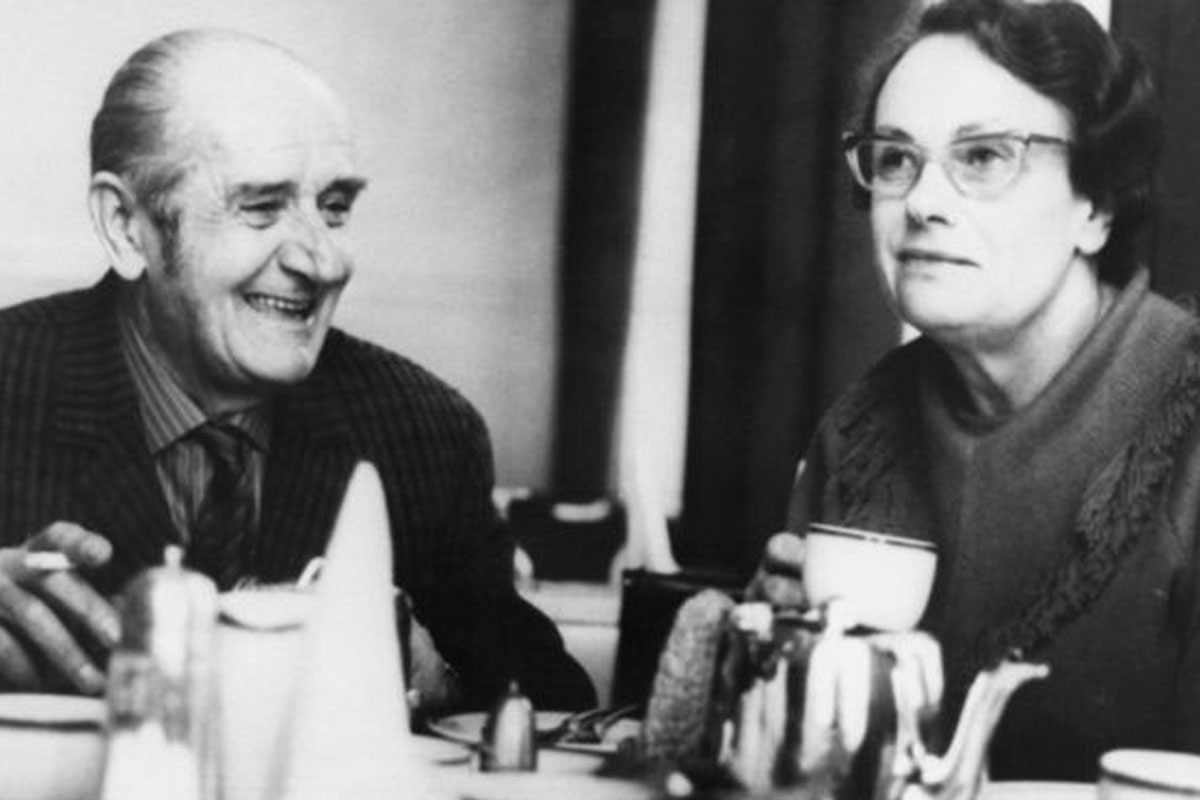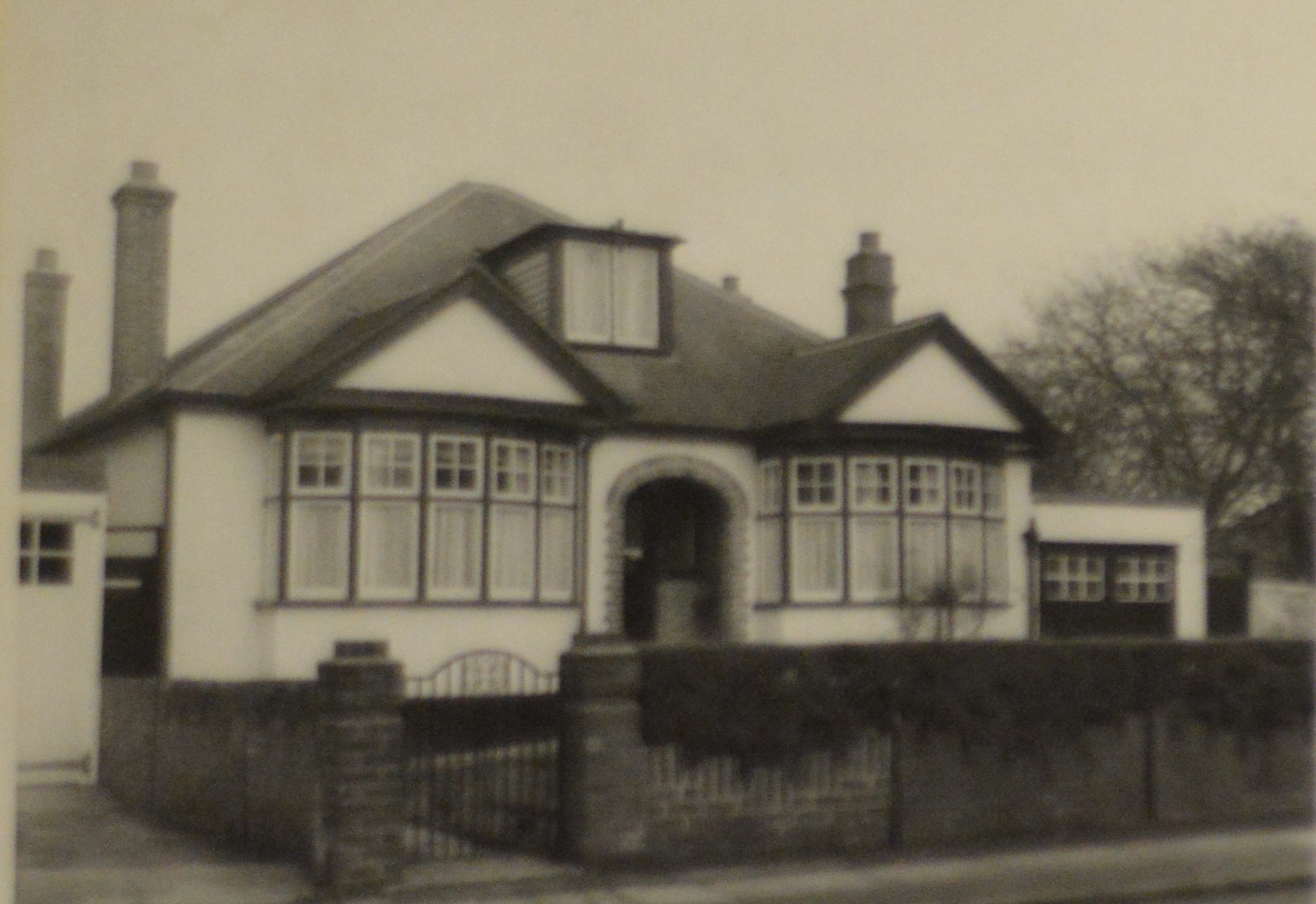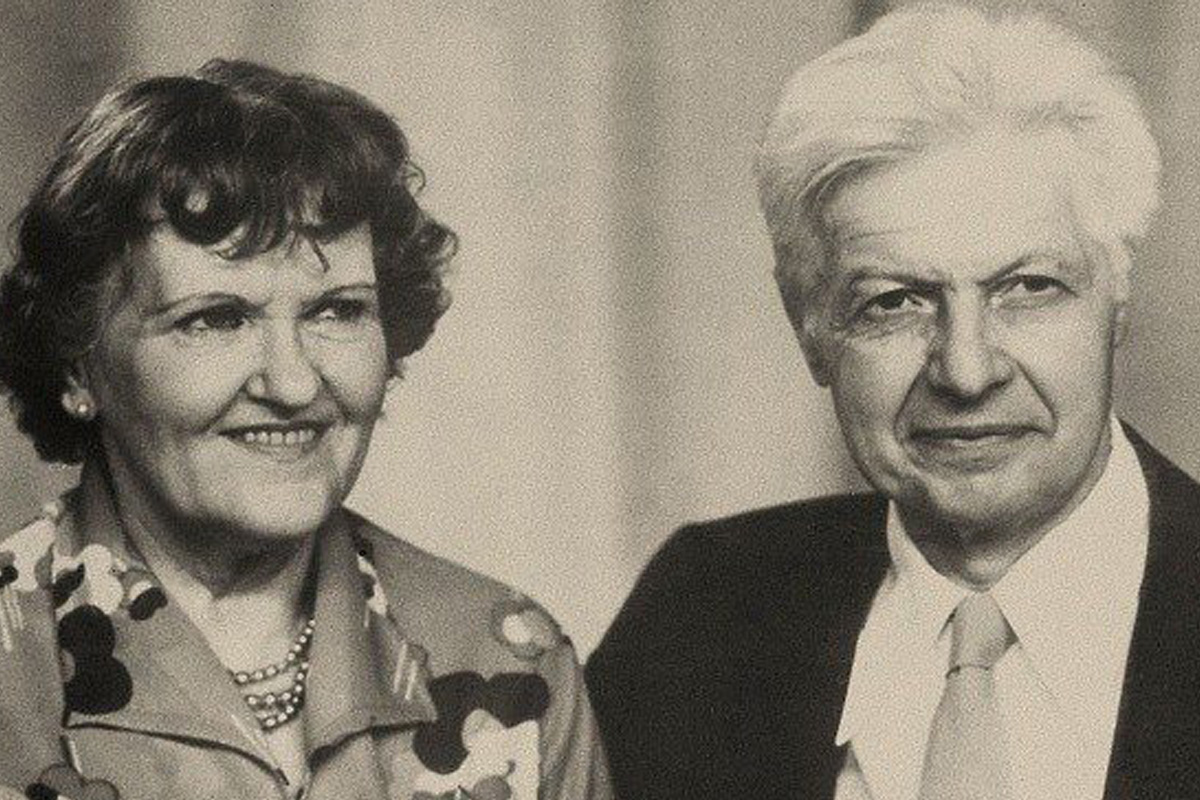A remarkable aspect of Top Secret: From Ciphers to Cyber Security is the number of original artefacts that have been gathered into one place. A particularly fascinating item is the radio transmitter used by Soviet spies, Peter and Helen Kroger, to inform Moscow that top secret British naval secrets were on their way to them.
Money. Blackmail. Ideology. Love. You’ll find any one of these at the heart of a good spy story. In 1961, when the Portland Spy Scandal broke in the news all four of these were at play.

Let us start in 1951 with Harry Houghton, a clerk in the Defence Attaché’s office in the British Embassy in Warsaw, Poland, a Cold War ally of the Soviet Union. Allegedly, Houghton had problems with alcohol, which led to his being transferred out of the Embassy and sent back to Britain. His liking for alcohol had been noticed by the Polish Secret Service, too, so when he returned to Britain, the Soviet secret police (the KGB), contacted him and offered him money for information from his new place of work – the Admiralty Underwater Weapons Establishment at Portland, Dorset.

The other key players in the Portland Spy Ring were Peter and Helen Kroger (real names Morris and Lona Cohen). The Krogers were American communists who had worked for the Soviet Union throughout the 1940s, passing US military secrets to Moscow, including details of the first atomic bomb.
Fearing exposure they fled in 1950, during which time Mrs. Kroger was trained as a radio operator and cipher clerk. In 1954 they moved to London and settled in a bungalow in Ruislip, West London, with Mr. Kroger opening an antiquarian book business.

The link between Houghton and the Krogers was Gordon Lonsdale (real name Konon Molody). Lonsdale was a KGB agent, who had first worked with the Krogers in America. In England, he was appointed by the KGB as Houghton’s handler. Houghton, however, only had access to low-grade information, so he was encouraged to start a relationship with Ethel Gee, a middle-aged woman working as a filing clerk with access to highly classified secrets. Flattered by Houghton’s attentions, the two began a relationship and Gee later agreed to help him obtain top secret information.
Houghton, sometimes accompanied by Gee, made regular monthly visits to London to pass information to Lonsdale, either as printed documents or on rolls of film. He was paid well for this. Lonsdale would then take the documents and the film to the Krogers’ house in Ruislip. The Krogers then used the transmitter, which is featured in Top Secret, to notify Moscow that they were sending classified secrets, concealed in microdots, inside Mr. Kroger’s antiquarian books.

In 1959, a Polish double-agent codenamed ‘Sniper’ told his American Central Intelligence Agency (CIA) handler that he had seen secret naval information from Britain. When the CIA passed this on to MI5, it was clear that the information could have come only from Portland. Discreet investigations soon discovered the source of the information. Houghton fell under suspicion, as his extravagant lifestyle was clearly way beyond the salary he was being paid.
Surveillance of Houghton revealed the regular trips to London to meet Lonsdale. Lonsdale was then observed making frequent visits to the Krogers’ home in Ruislip. MI5 hoped that by continuing this surveillance they would be able to find other members of the spy ring or other spies whom Lonsdale was handling. But in early January 1961 ‘Sniper’ found that his cover had been blown.
Worried that the spies might realise that they had been discovered, MI5 had to act quickly. On 7 January 1961, when Houghton and Gee handed Lonsdale a shopping bag containing secret information, they were arrested by Special Branch officers. At the same time, detectives were knocking on the door of the Krogers’ home. After they were arrested a search of the house revealed the radio set; a 22-metre long aerial in the loft, which they would use for making short burst signals to Moscow at night-time; microdots and other espionage equipment; and a substantial sum of money, used for paying people such as Houghton.

The case against all five suspects – Houghton, Gee, Lonsdale, and the Krogers – was brought to trial two months later. Despite their pleas of ‘not guilty’ they were all found guilty and sentenced to long prison terms: Lonsdale was given 25 years; the Krogers, 20 years; and Houghton and Gee 15 years each.
Three years later Lonsdale was exchanged for Greville Wynne, a British businessman being held in Moscow because of his contacts with a Soviet double-agent, Oleg Penkovsky. Lonsdale died in Moscow in 1970 in suspicious circumstances, aged 48.

In 1969, the Krogers were exchanged for Gerald Brooke, a British subject who had been imprisoned in Russia in 1965 for distributing anti-Soviet leaflets in the USSR. In the 1990s, after the collapse of the Soviet Union, the Krogers were both awarded the title of ‘Hero of the Russian Federation’. Helen Kroger/Lona Cohen died in 1992, aged 79, and her husband, Peter Kroger/Morris Cohen, in 1995, aged 85.
Harry Houghton and Ethel Gee were granted early release from prison in 1970, having served nine years. They married a year later. Perhaps this represented some kind of happy ending for Gee. Houghton died in 1985, aged 84, a year after Gee, who was 70 at the time of her death.
This was originally posted in support of our Top Secret: From Ciphers to Cyber Security exhibition that was open from 10 July 2019 – 23 February 2020.
